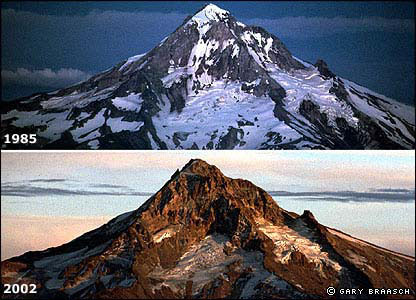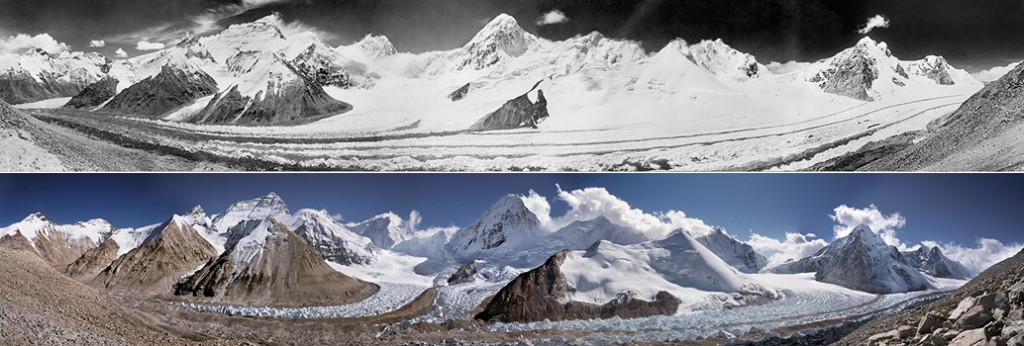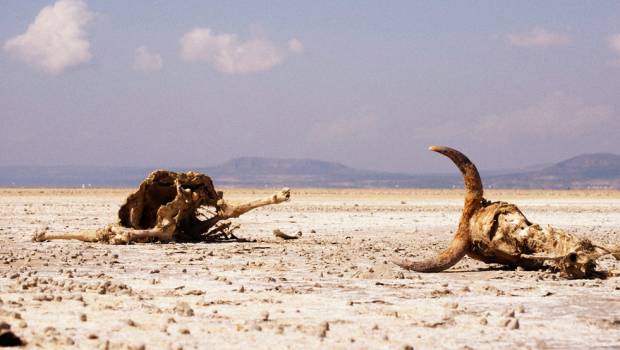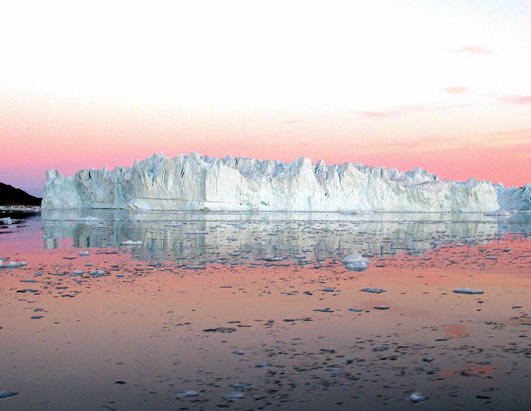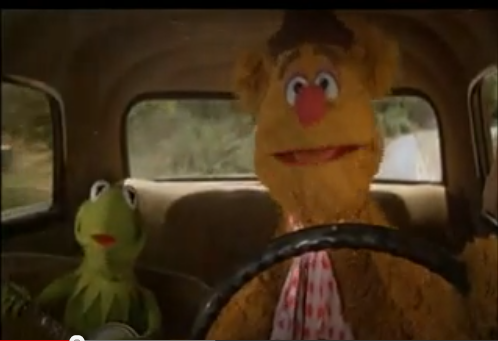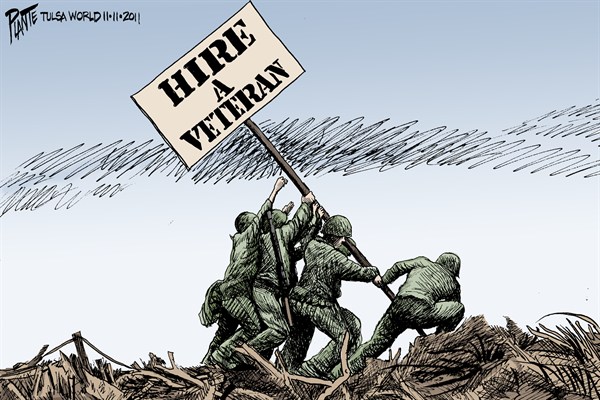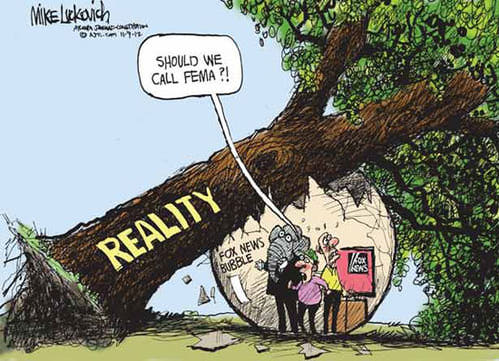Images of hands (and feet) have become stock images in the photojournalist’s tool kit. If you look at the slide shows that appear daily and weekly on the web you will find them to be ubiquitous. Indeed, they have become something of a gestural remediation in the movement from oral to visual representation. This should not surprise us since hand movements have long been an important part of the orator’s stock in trade. And what is especially important is that such images access and animate an important gestural economy of emotions and identifications that cross all manner of affective relations and demographic boundaries even as they accent race, gender, age, and other categories as well. What is most significant here is that they challenge the more common convention of identifying and representing actors is featuring their faces (the primary marker of liberal individualism). We typically do not identify individuals by their hands or feet alone, and the reason is palpable: hands and feet underscore human similarity even as they mark difference. And as a result, they become important sites for encouraging empathy or compassion—although these are clearly not the only emotions that such images underscore.
The photograph above is interesting in this regard as it places two conventions in tension with one another, as both face and hands are present, though it is the hands that are most prominent, and not simply because they are larger and more to scale, or because they are more prominent in the photograph, but also because they are a first order representation, while the face on the bumper sticker is a second order representation (a photograph of a photograph). The hands, in this sense, are “more” real, and while they could belong to the child pictured on the bumper sticker, we can’t know that for sure. And so the photograph encourages us to consider the relationship between the two—both the hands and face and the orders of representation in which they operate. In short, the hands, which are front and center and mark a universal humanity, hold and display a sentiment that no doubt effects the child pictured, but potentially extends beyond him or her as well—one can imagine other children on display. The photograph is part of a slide show that marks a peace rally on Chicago’s South Side, and so it marks a particular event, but it also stands as an invitation to consider the sense in which the random and criminal violence that cuts young lives (and others) too short is larger than any one city.
But of course, there are limits here as well. And the juxtaposition of face and hands indicates that as well. To get the point, substitute the face of a white child on the bumper sticker. There is no doubt that white children are the victims of random and criminal violence in our urban centers, but on the whole that is not the core of the problem (though a problem it is, to be sure). And so even as the focus on the hands frames exigency as more or less universal—and thus invites a more generalized compassion, if not responsibility for the situation—the face in the background is a reminder that like most problems this one is localized by particular sites and circumstances.
Photo Credit: Scott Olson/Getty Images North America
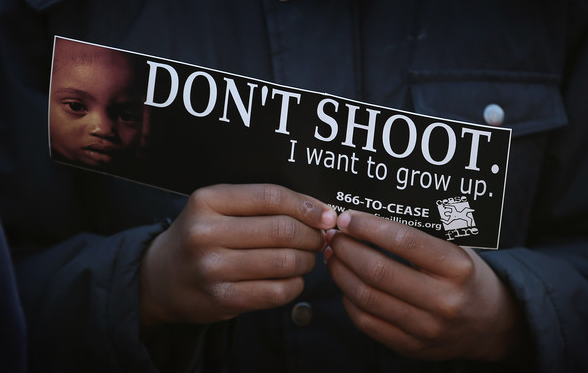
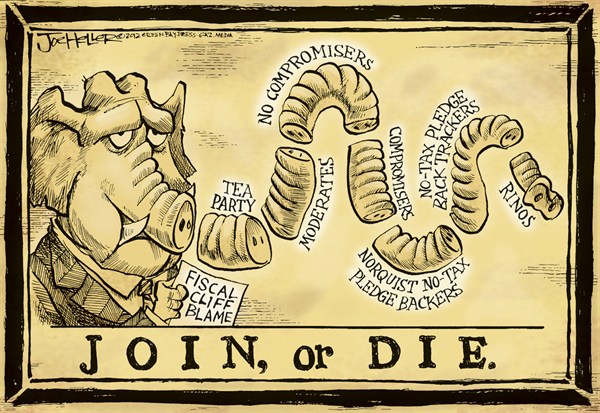
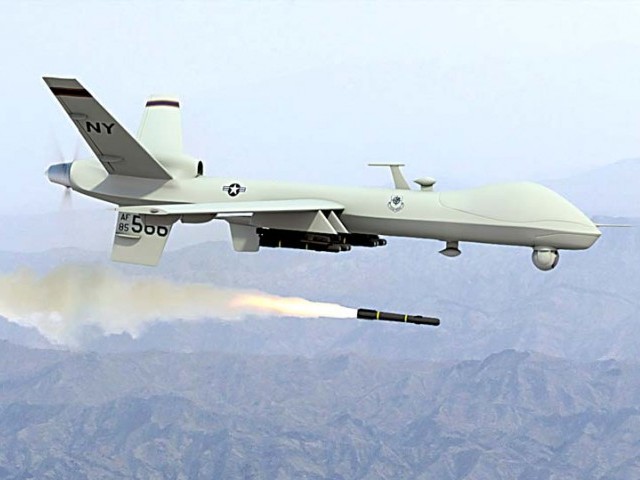
![image_thumb[3]](http://www.nocaptionneeded.com/wp-content/uploads/2012/11/image_thumb3.png)
